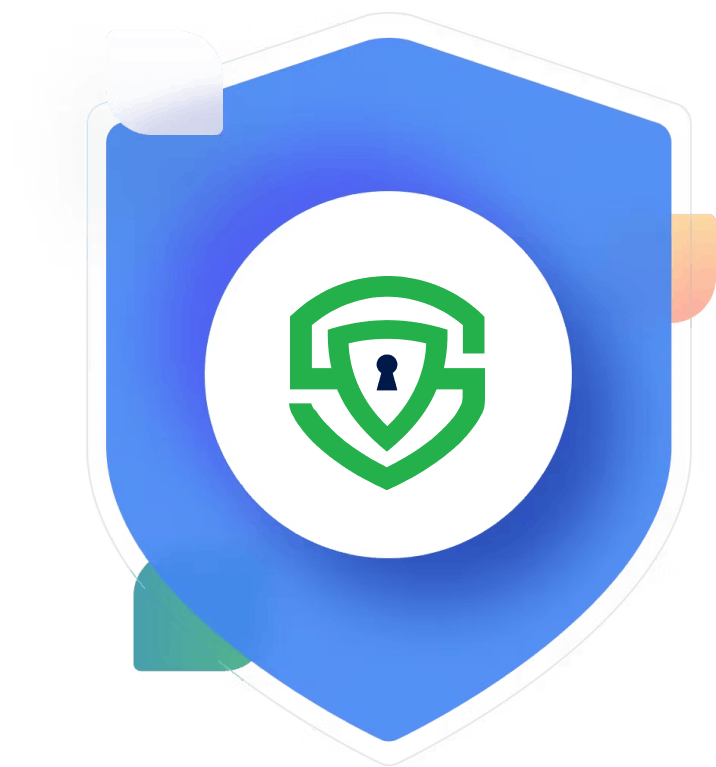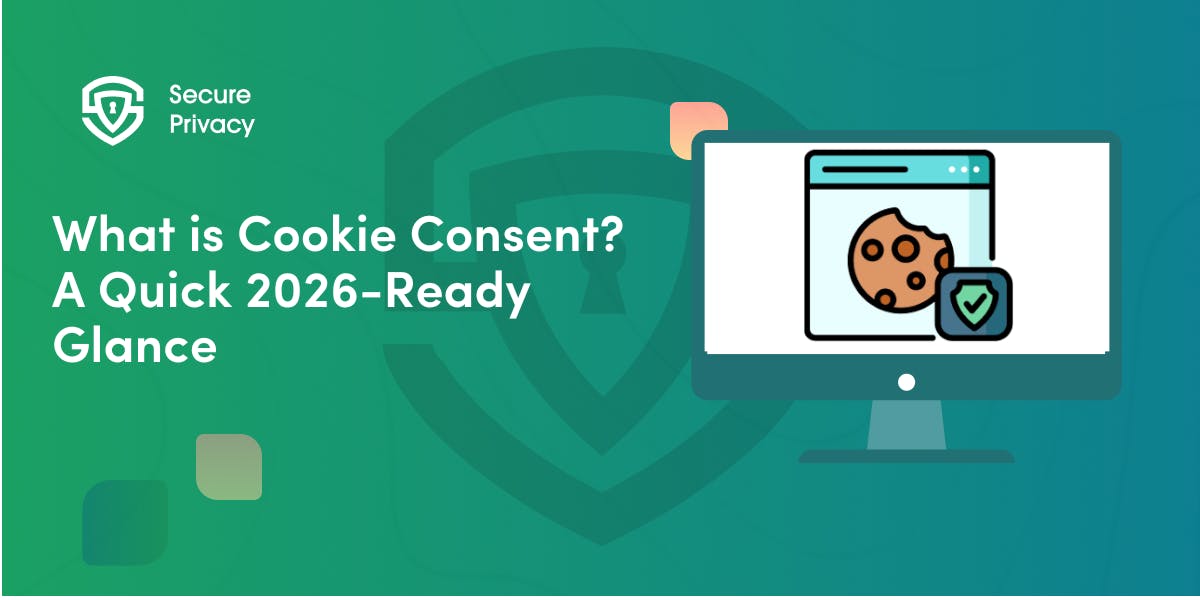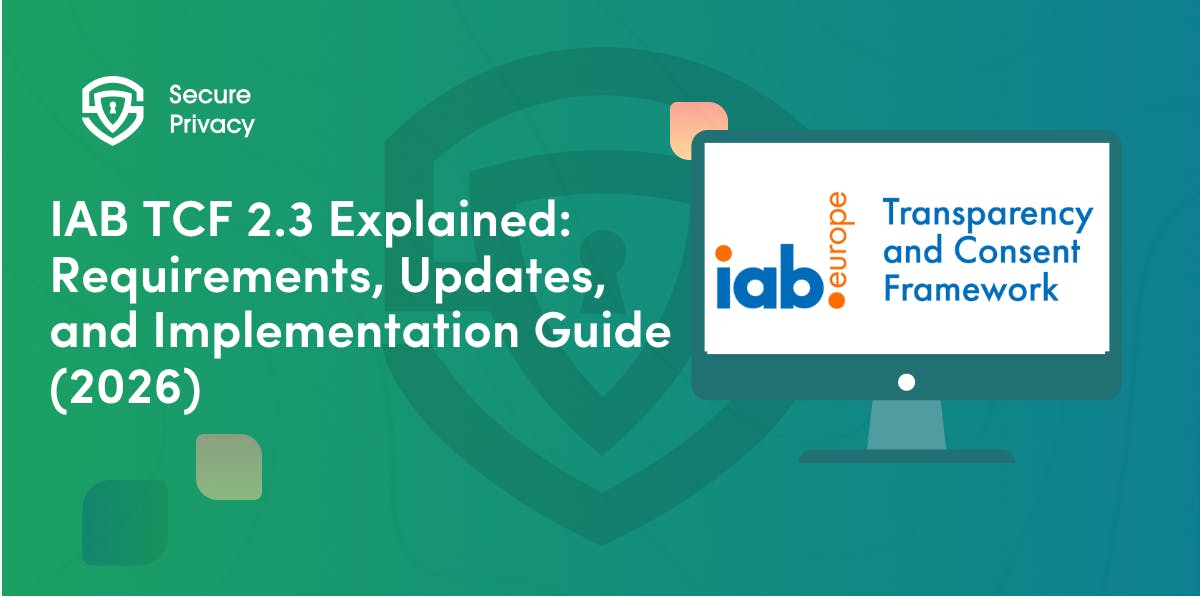Mental Health App Data Privacy: HIPAA-GDPR Hybrid Compliance
How can mental health app developers navigate a complex regulatory landscape while delivering effective, privacy-respecting support to users? This deep dive explores the technical, legal, and operational strategies for achieving dual compliance.
The global mental health app market, projected to reach $26.8 billion by 2030, faces unprecedented regulatory complexity as developers balance HIPAA (U.S.) and GDPR (EU) requirements. With mental health applications expanding internationally, hybrid compliance has become critical to avoid significant penalties and maintain user trust.
Recent enforcement actions, including the FTC's $7.8 million penalty against Cerebral in 2024, highlight the serious consequences of compliance failures.
How can mental health app developers navigate this complex regulatory landscape while delivering effective, privacy-respecting support to users? This deep dive explores the technical, legal, and operational strategies for achieving dual compliance.

Prioritizing user privacy is essential. Secure Privacy's free Privacy by Design Checklist helps you integrate privacy considerations into your development and data management processes.
Regulatory Overlaps & Conflicts
Mental health apps operating across borders must reconcile significant differences between U.S. and EU privacy frameworks.
Consent Management
GDPR and HIPAA take fundamentally different approaches to user consent, creating implementation challenges for global applications:
GDPR requires explicit, granular consent for processing sensitive data including mood logs, therapy session transcripts, and other mental health information. This consent must be freely given, specific, informed, and unambiguous—a high standard that generic terms of service typically cannot satisfy.
HIPAA mandates written authorization to share Protected Health Information (PHI) with third parties. While similar to GDPR consent in some respects, HIPAA authorization has specific content requirements that differ from European standards.
Leading apps address these differences through hybrid solutions:
Dynamic consent interfaces implement toggle-based permissions, allowing users to separately consent to different data processing activities. This granular approach lets users authorize data storage (satisfying GDPR Article 6), PHI sharing with clinicians (meeting HIPAA §164.508 requirements), and analytics for app improvement (using GDPR's "legitimate interest" basis where appropriate).
Geofenced consent modals deliver different experiences based on user location. EU users receive GDPR-specific opt-ins with explicit consent mechanisms, while U.S. users see HIPAA authorization forms with required disclosures about information use and sharing.
These approaches recognize that simplistic, one-size-fits-all consent mechanisms cannot satisfy both regulatory frameworks simultaneously.
Data Minimization & Anonymization
Both GDPR and HIPAA promote data minimization principles, but with different emphases and requirements:
GDPR explicitly mandates collecting only necessary data through its Principle of Minimization (Article 5). This foundational requirement means mental health apps must justify each data element they collect from EU users.
HIPAA permits de-identified data use without authorization under 45 CFR §164.514, creating opportunities for research and product improvement if properly implemented.
Forward-thinking developers implement these principles through:
On-device processing technologies that analyze mood and other sensitive information via local AI, storing only anonymized metadata on central servers. This approach minimizes privacy risks while maintaining core functionality.
Differential privacy techniques that inject statistical noise into datasets used for machine learning training. By mathematically limiting what can be learned about any individual, these methods satisfy both regulatory frameworks' requirements for anonymization.
Technical Safeguards
Robust technical measures form the foundation of any successful compliance strategy.
Encryption Standards
Encryption requirements differ somewhat between the two frameworks:
For data at rest, GDPR recommends encryption while HIPAA makes it mandatory. The solution most apps implement is AES-256 encryption combined with SQLite Encryption to satisfy both standards.
For data in transit, both GDPR and HIPAA mandate encryption. The preferred solution is TLS 1.3 with Perfect Forward Secrecy, providing strong protection for information moving between systems.
Regarding post-quantum readiness, this is an emerging requirement expected in GDPR by 2026 but not yet required by HIPAA. Forward-thinking organizations are implementing CRYSTALS-Kyber encryption specifically for EU user data to prepare for this future requirement.
While GDPR recommends but doesn't explicitly mandate encryption for stored data, HIPAA's Security Rule requires encryption of PHI at rest. The most straightforward approach is implementing the stronger standard (encryption everywhere) using industry-leading protocols like AES-256 for databases and TLS 1.3 for data transmission.
User Rights & Transparency
Mental health apps must navigate significant differences in how HIPAA and GDPR approach user rights and transparency obligations.
Right to Erasure (GDPR) vs. Retention (HIPAA)
One of the most challenging conflicts between these frameworks involves data retention requirements:
GDPR mandates deletion upon request through its Right to Erasure (Article 17). This gives EU users significant control over their personal data, allowing them to request complete removal of their information.
HIPAA requires a 6-year PHI retention period to ensure adequate medical record preservation. This conflicts directly with GDPR's erasure rights, creating a compliance dilemma for mental health apps serving both markets.
Organizations have developed several strategies to resolve this conflict:
Data silos store EU user data separately from U.S. medical records, enabling deletion of European user data without affecting HIPAA-governed records that must be retained. This architectural approach allows for compliance with both frameworks simultaneously.
Consent-based retention options let users choose their preferred retention periods (for example, offering 1-5 year options for non-medical data). This approach respects user autonomy while meeting necessary regulatory requirements for clinical information.
Unified Dashboards
To simplify compliance and enhance user experience, leading mental health apps have implemented unified privacy dashboards that support both regulatory frameworks:
These comprehensive portals typically allow users to download their PHI (satisfying HIPAA's Right to Access), withdraw previously granted GDPR consents, and request correction of therapy journal entries or other personal information.
By centralizing these functions, apps create a more transparent experience that builds trust while reducing administrative overhead. Users benefit from a single interface for managing their privacy preferences regardless of which regulatory framework applies to them.
Case Studies
Examining recent compliance challenges and solutions provides valuable insights for mental health app developers.
FTC Settlement Example (2024)
A major therapy platform faced substantial penalties after sharing PHI with social media and advertising platforms without obtaining proper HIPAA authorization:
The mistake occurred when the app implemented standard advertising tracking pixels without recognizing that the data shared could constitute PHI under HIPAA's broad definition. This resulted in unauthorized disclosure of sensitive health information.
The fix involved implementing comprehensive consent management to block third-party trackers until dual consent (covering both HIPAA and GDPR requirements) is explicitly obtained. This technical solution ensures no sensitive data is shared without appropriate authorization.
GDPR-HIPAA Bridge Strategy
Another leading meditation app implemented a sophisticated dual-region approach to achieve compliance:
Their strategy involved storing PHI in a Virginia AWS HIPAA-compliant enclave while processing non-PHI data (such as meditation statistics) in Dublin for EU users. This separation ensured appropriate regional compliance without duplicating their entire infrastructure.
The result was impressive: 40% faster EU user growth following the 2024 rollout of this architecture. This demonstrates how thoughtful compliance can become a competitive advantage rather than merely a cost center.
Best Practices for Developers
Mental health app developers can adopt several proven strategies to navigate the complex HIPAA-GDPR landscape:
Conduct Hybrid Audits
Regular compliance assessments should examine both HIPAA Security Rule and GDPR Article 30 requirements simultaneously. Specialized tools are available that can evaluate an application against both frameworks, identifying gaps and conflicts that require resolution.
These comprehensive audits should include technical, administrative, and physical safeguards while examining data flows and retention policies. By taking this holistic approach, developers can avoid the compliance blind spots that often lead to penalties.
Adopt Interoperability Standards
Implementing FHIR (Fast Healthcare Interoperability Resources) standards ensures compatibility with healthcare systems while providing mechanisms for masking identifiers. This approach is particularly valuable for apps that interface with electronic health records or other clinical systems.
FHIR provides standardized resources for representing mental health information while incorporating privacy controls that support both regulatory frameworks. This standardization reduces compliance complexity while enhancing the app's clinical utility.
Monitor Emerging Global Regulations
The global privacy landscape continues to evolve, with several jurisdictions adopting approaches that combine elements of both HIPAA and GDPR:
Brazil's LGPD (Lei Geral de Proteção de Dados) and Saudi Arabia's Personal Data Protection Law now incorporate principles from both frameworks, creating additional compliance considerations for truly global applications.
Staying current with these developments allows developers to design forward-compatible privacy architectures that can adapt to new requirements with minimal reworking.
Building a Compliant Foundation for Mental Health Innovation
Mental health apps operating transnationally must treat HIPAA and GDPR as complementary, not conflicting frameworks. By leveraging geofenced architectures, granular consent mechanisms, and advanced encryption, developers can transform regulatory compliance from a burden into a competitive advantage.
This perspective shift is increasingly important as privacy awareness grows among mental health app users. Recent research indicates that 73% of users prioritize privacy when selecting mental health applications (2025 Pew Survey), making robust compliance a market differentiator rather than merely a risk mitigation measure.
The most successful mental health platforms will be those that build privacy and compliance into their core architecture from the beginning, rather than attempting to retrofit protections after development. This privacy-by-design approach not only satisfies regulatory requirements but creates the foundation of trust essential for effective mental health support.
As the global mental health crisis continues to drive demand for accessible digital support, responsible apps that balance innovation with privacy protection will lead the market. By implementing these hybrid compliance strategies, developers can expand globally while maintaining the privacy and security that vulnerable users deserve.
Get Started For Free with the
#1 Cookie Consent Platform.
No credit card required

What is Cookie Consent? A Quick 2026-Ready Glance
Your website loads. Cookies track users. But without proper cookie consent, you're violating GDPR — risking fines up to €20 million or 4% of global revenue. Cookie consent is the legally required mechanism by which websites obtain explicit user approval before deploying non-essential tracking technologies. This requirement stems from GDPR Article 4(11) and the ePrivacy Directive, mandating that consent must be freely given, specific, informed, and unambiguous.
- Legal & News

DSAR Tools Explained: Best Software for Automating Privacy Requests
You're drowning in data subject access requests. Manual searches through dozens of systems miss regulatory deadlines and expose organizations to fines starting at $2,500 per violation. The solution? DSAR tools — purpose-built software that automates the entire process of responding to data subject access requests, from intake to delivery.
- Legal & News

IAB TCF 2.3 Explained: Requirements, Updates, and Implementation Guide (2026)
Your ad revenue dropped 40% overnight. Google stopped bidding on your inventory. Your DSP partners flagged your traffic as non-compliant. The culprit? An outdated TCF 2.2 consent string after the February 2026 enforcement deadline.
- Legal & News
- Cookie Consent
